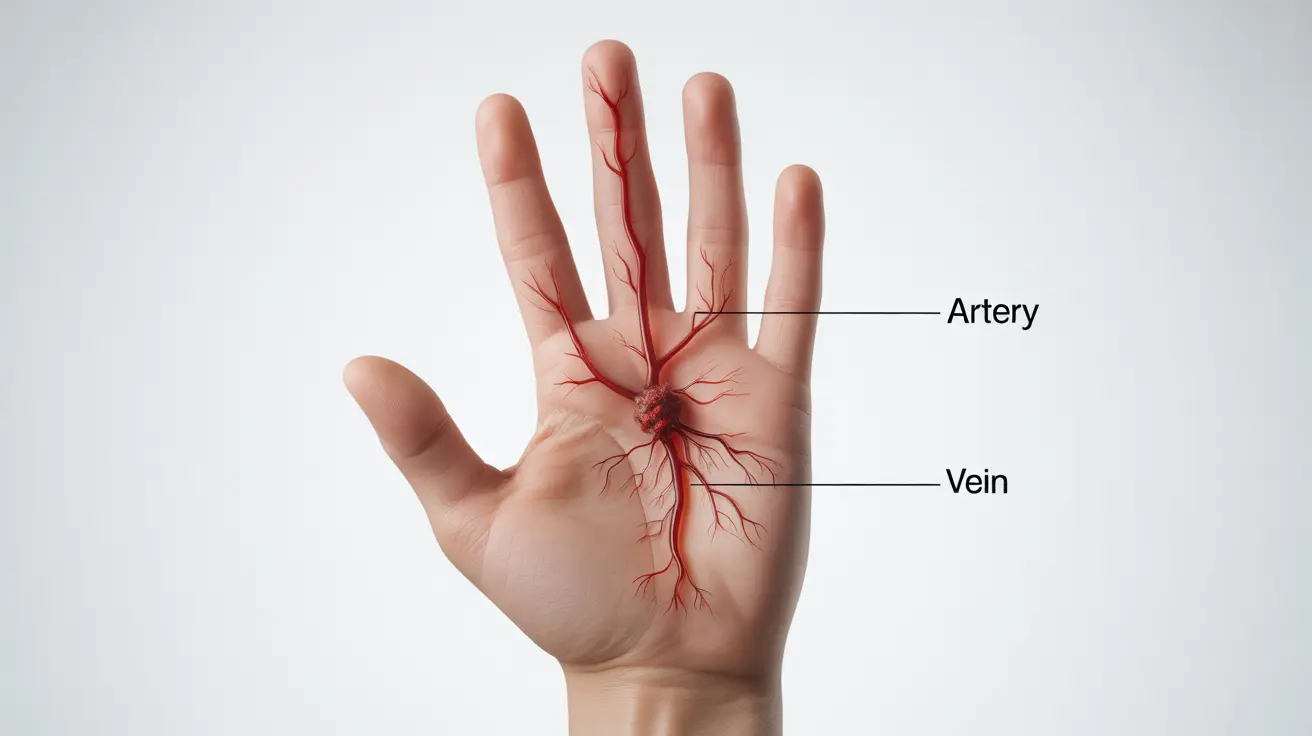Blood clots in fingers can be concerning and potentially serious medical conditions that require proper understanding and timely attention. While some finger clots may resolve on their own, others might indicate underlying health issues that need medical intervention. This comprehensive guide will help you understand the causes, symptoms, and treatment options for blood clots in fingers.
Understanding Blood Clots in Fingers
A blood clot in the finger occurs when blood coagulates within the blood vessels of the digit, potentially restricting blood flow and causing various symptoms. These clots can develop due to injury, underlying medical conditions, or external factors affecting circulation.
Common Causes and Risk Factors
Several factors can contribute to the formation of blood clots in fingers:
- Trauma or injury to the finger
- Compression from tight jewelry or rings
- Repetitive motion injuries
- Poor circulation
- Blood clotting disorders
- Underlying medical conditions like diabetes or arthritis
Impact of External Factors
Daily activities and lifestyle choices can significantly influence the development of finger blood clots:
- Extended periods of typing or writing
- Frequent use of vibrating tools
- Cold weather exposure
- Smoking (which affects circulation)
- Dehydration
Recognizing the Symptoms
Identifying a blood clot in your finger requires attention to specific signs:
- Localized pain or tenderness
- Swelling in the affected area
- Redness or discoloration
- Warmth around the affected site
- Limited range of motion
- Throbbing sensation
Treatment Approaches
Treatment for finger blood clots varies depending on severity and underlying causes:
Immediate Care
- Elevation of the affected hand
- Application of warm compresses
- Gentle movement exercises
- Over-the-counter pain relievers
Medical Interventions
Professional medical treatment may include:
- Prescription blood thinners
- Specialized compression therapy
- Surgery in severe cases
- Treatment of underlying conditions
Prevention Strategies
Taking proactive steps can help reduce the risk of developing finger blood clots:
- Regular hand exercises
- Proper fitting jewelry
- Adequate hydration
- Regular movement breaks during repetitive tasks
- Maintaining good circulation through exercise
When to Seek Medical Help
Certain symptoms warrant immediate medical attention:
- Severe pain that doesn't improve
- Spreading discoloration
- Numbness or tingling
- Loss of finger mobility
- Signs of infection
Frequently Asked Questions
What are the common causes of a blood clot in the finger? Blood clots in fingers commonly result from trauma, compression from tight jewelry, repetitive motions, poor circulation, or underlying medical conditions like blood clotting disorders or diabetes.
How can I tell if a bump or discoloration on my finger is a blood clot or just a bruise? A blood clot typically presents with localized pain, swelling, warmth, and restricted movement. Unlike bruises, which generally improve within days, blood clots may persist and cause increasing discomfort. Professional medical evaluation is recommended for accurate diagnosis.
What treatments are effective for a blood clot in the finger, and when is medical help needed? Effective treatments include elevation, warm compresses, and gentle movement exercises. Seek immediate medical help if you experience severe pain, spreading discoloration, numbness, or loss of mobility. A healthcare provider may prescribe blood thinners or recommend specific treatments based on the clot's severity.
Can wearing tight rings or repetitive hand movements increase my risk of blood clots in the finger? Yes, tight rings can restrict blood flow and increase clot risk, while repetitive movements can cause inflammation and circulation problems. It's important to wear properly fitted jewelry and take regular breaks during repetitive activities.
How can I prevent blood clots from forming in my fingers, especially if I have underlying health conditions? Prevention strategies include maintaining good circulation through regular exercise, staying hydrated, avoiding tight jewelry, taking breaks during repetitive tasks, and managing underlying health conditions properly. Those with existing health conditions should work closely with their healthcare provider for personalized prevention strategies.




